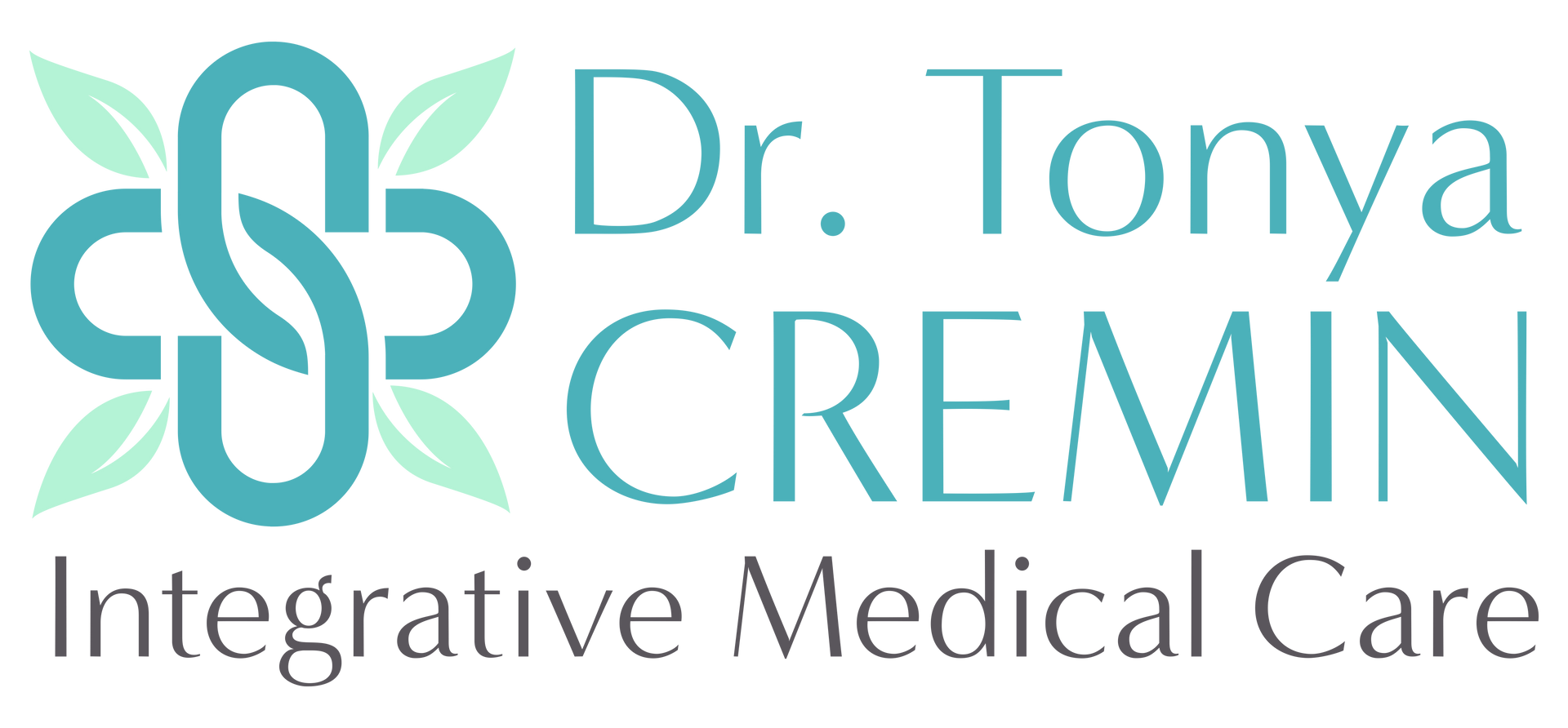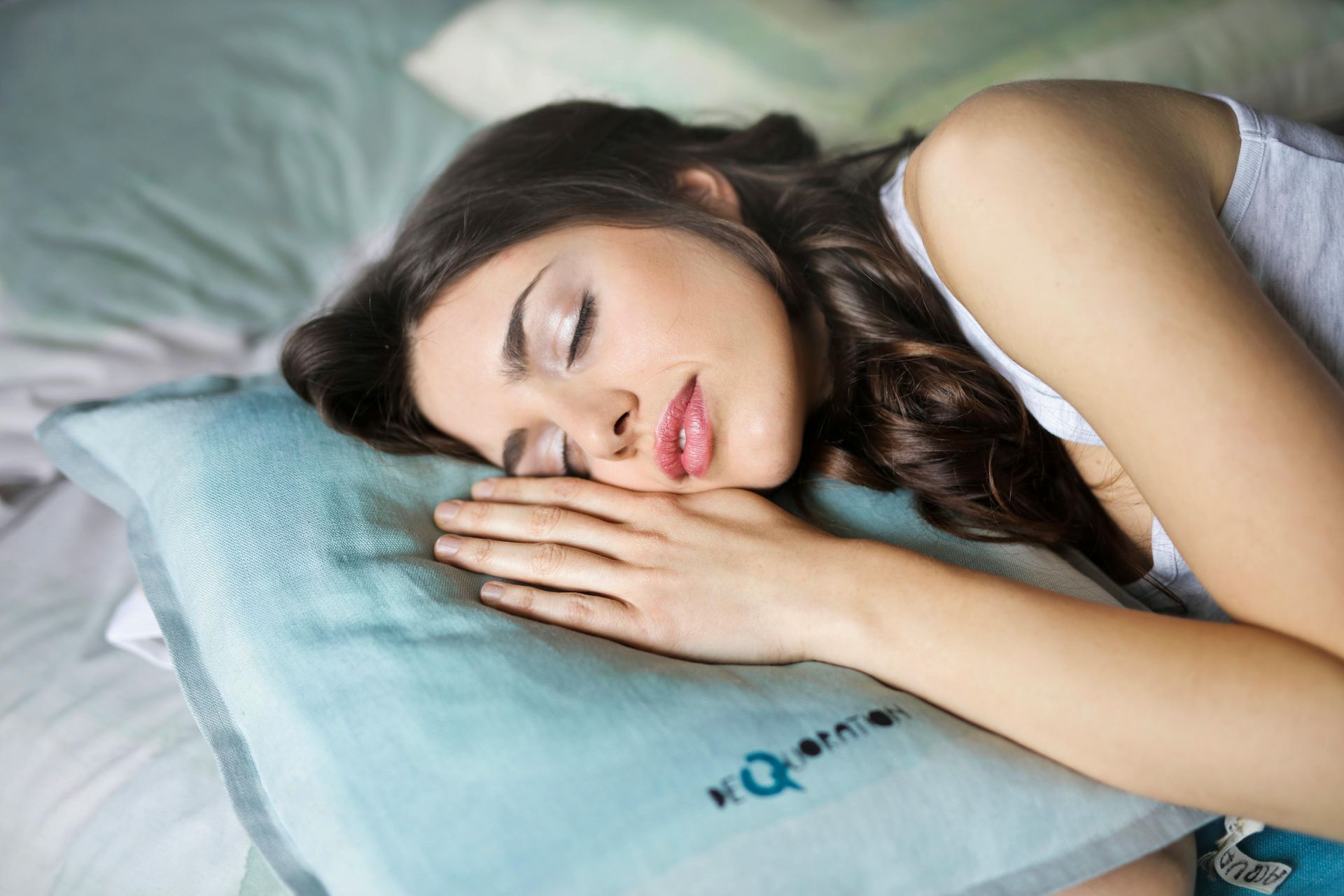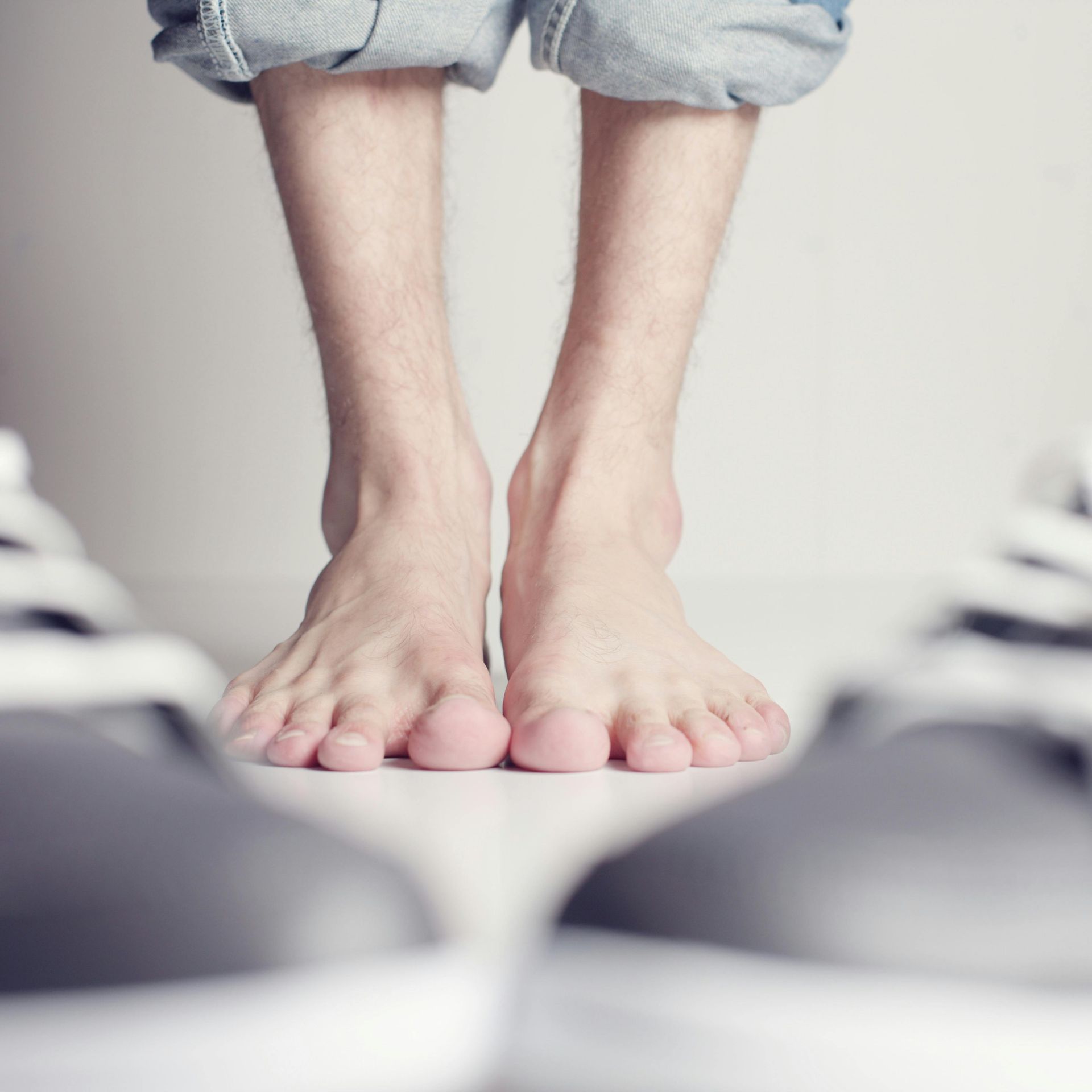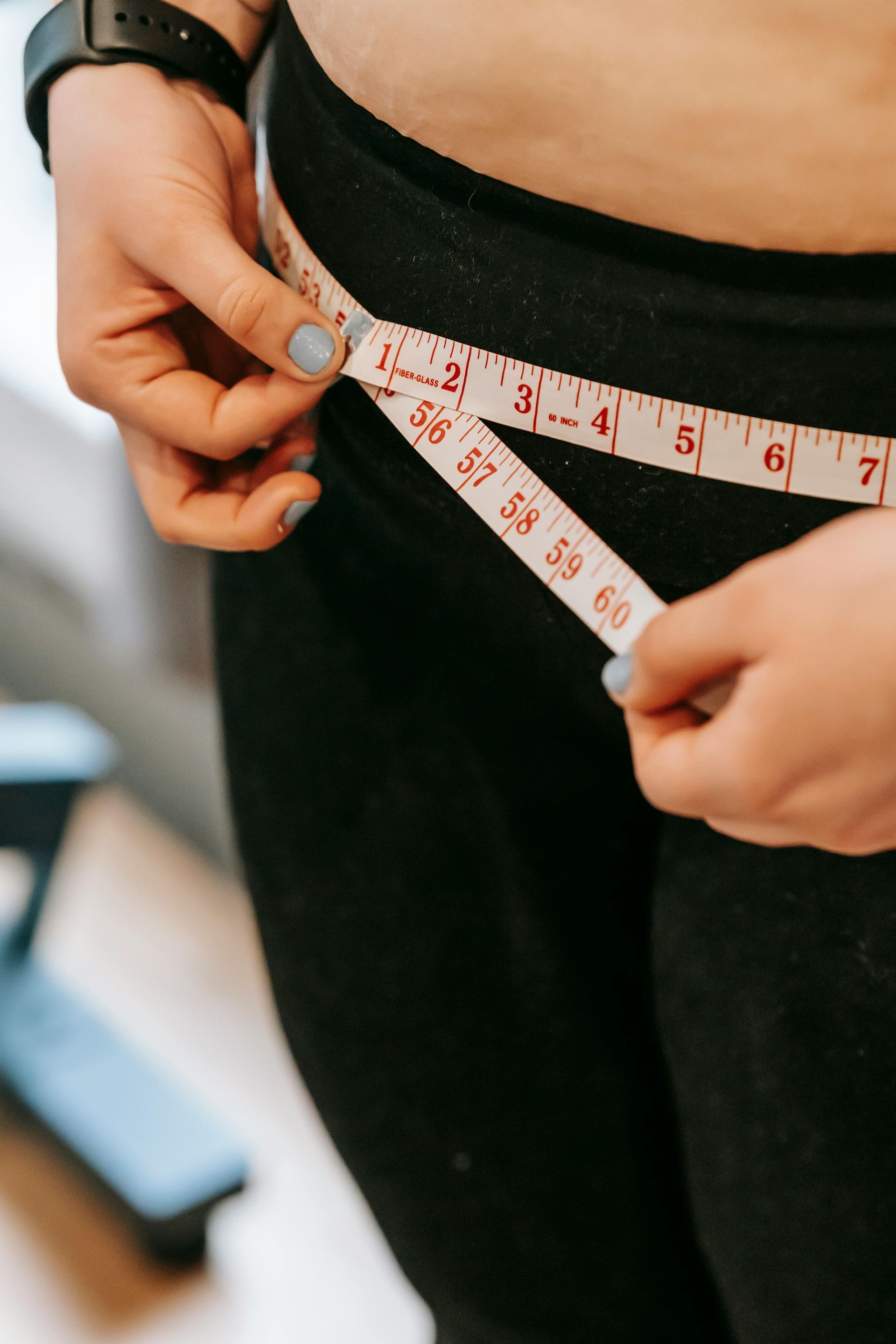Medication Free Approaches to Seasonal Allergies
Sniffles, sneezes, itchy, watery eyes….maybe even cough, congestion and a little wheeze. These can all be signs of allergic rhinitis, or “hayfever.”

You might routinely reach for over-the-counter medications, such as antihistamines, decongestants or even inhaled nasal steroids, which all have their benefits, but often come with unwanted side effects, as well.
Did you know there are many medication-free ways to manage your allergy symptoms? Let’s go through a few simple and effective ways that anyone can use to help your symptoms.
Nasal lavage or nasal irrigation
Nasal irrigation is a commonly used treatment for symptoms of allergic rhinitis. It involves spraying or inhaling a stream of salt water solution into one nostril and allowing it to drain out of the same or opposite nostril. Traditionally, a neti pot is used, but there are also commercially available plastic squeeze bottles, or you can simply use a clean cupped hand and inhale into your nostril from there. Nasal moisturizing mists are not the same as nasal lavage and won’t have the same benefits.
Nasal irrigation has been well studied for use in allergic rhinitis. Nasal lavage clears nasal passages of mucus, pollutants, pollens and allergens. It also has been shown to reduce inflammation and moisturize nasal passages.
You can buy nasal irrigation solution, distilled or sterile water at any pharmacy. The solution usually comes in a dry powder to be mixed with the distilled or sterile water. Alternately, a simple home recipe for a saline solution is 1/8 teaspoon of non-iodized table salt dissolved in 8 ounces of lukewarm (body temperature) water. Use of boiled, distilled, or sterile water is important to ensure elimination of any bacteria or other pathogens.
How often should you use nasal lavage? Anywhere between 1 and 7 times per day is safe. It makes sense to use it after outdoor activities or at the end of the day to clear your nasal passages of any pollen or pollutants you’ve encountered during the day, at the very least.
It’s important to wash your neti pot or squeeze bottle with hot water and soap after every use to avoid bacteria or fungal growth. Dry it thoroughly with a paper towel to avoid contamination from kitchen or bathroom towels. Never share your neti pot or squeeze bottle with other people.
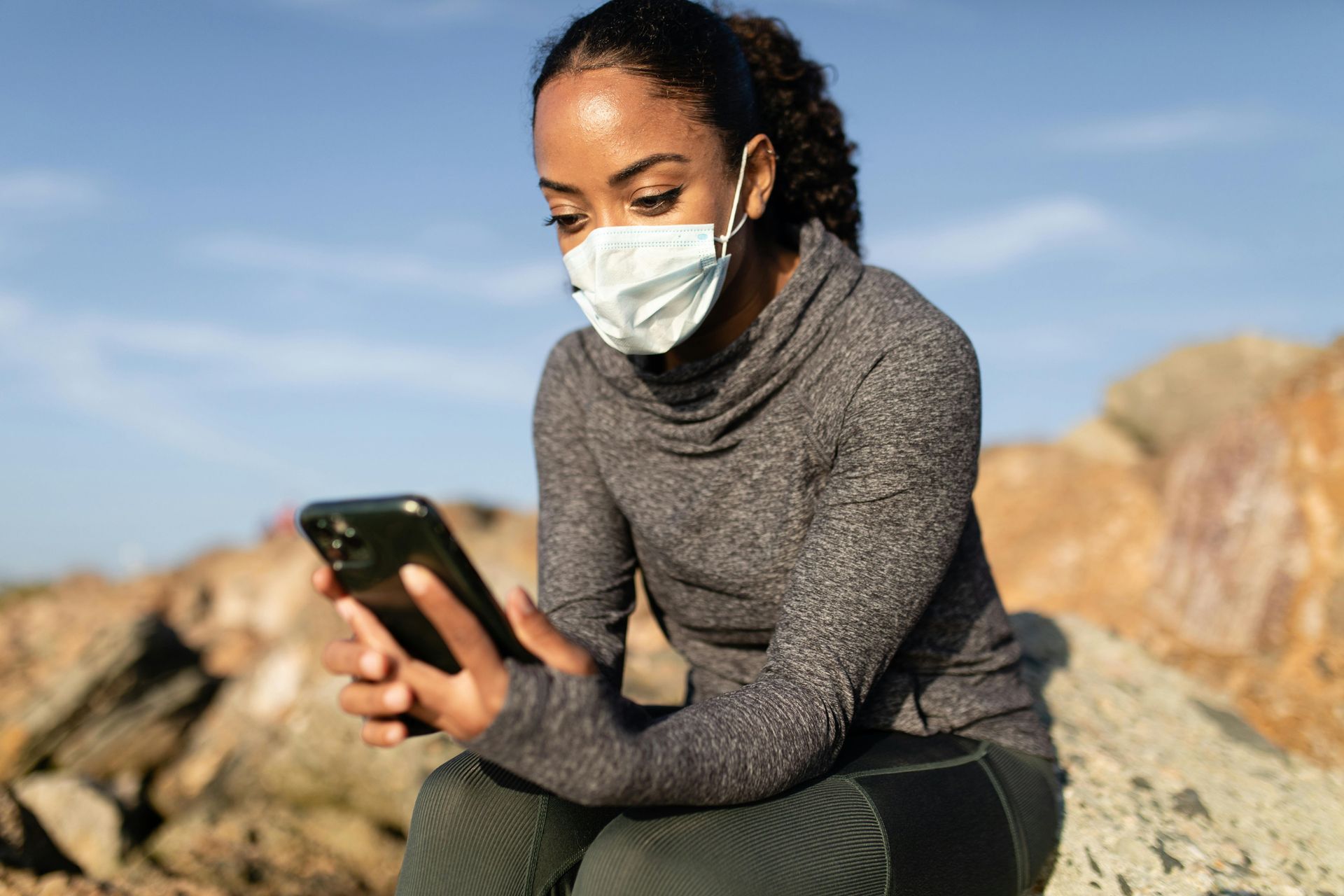
Wearing a mask
I know, I know. I can hear you all groaning already. But hear me out. The reason we experience allergy symptoms after being outdoors is due to millions of nearly invisible particles floating through the air and entering our nasal passages, eyes and lungs. Wearing a mask will prevent most of those particles from ever creating a problem in the first place. An ounce of prevention is worth a pound of cure, right?

Wash your face
Sometimes, this is all that is needed to make a big difference in how you feel. Time in the garden, on the soccer field, or walking on the trail allow particles to adhere to our skin, eyelashes and inside our noses – they may not bother you immediately, but after a few hours of exposure, you may find you get stuffy, itchy, and sneezy. Wash your face right after you come in and you may save yourself some discomfort.
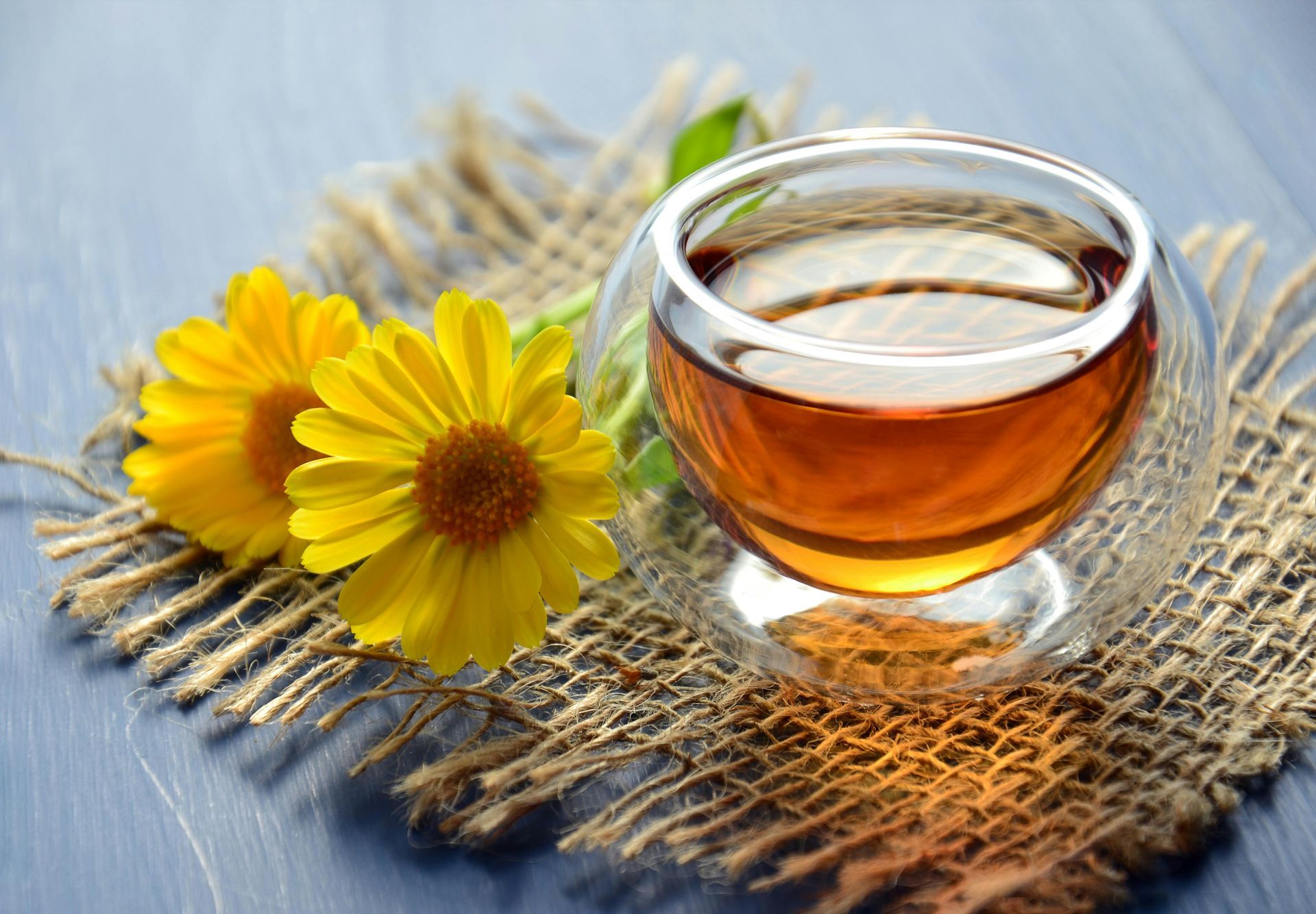
Oolong tea
Several years ago, I read “The Allergy Solution,” by Dr. Leo Galland. I was surprised about some research he mentioned regarding oolong tea being used as a remedy in Japan for allergies. In addition, a study published in 2001, showed that people who drank oolong tea showed significant improvement in eczema that persisted despite use of standard medical treatments. Eczema and nasal allergy symptoms have similar mechanisms, so it makes sense that oolong might help nasal allergies as well. In addition, oolong tea has also been shown to reduce allergic symptoms in rats.
I have been drinking oolong tea for about 4 years to help with my own allergy symptoms and find it incredibly helpful. I have my first cup when I wake up and within minutes, my nasal passages are clear. I usually get by with one cup, but as the tree pollen worsens in the spring, I generally need 2-3 cups per day. The traditional treatment is 4 cups per day – a teabag steeped in boiling water for 5 minutes. I prefer organic Chinese oolong, which I have found at my local healthfood store and online.
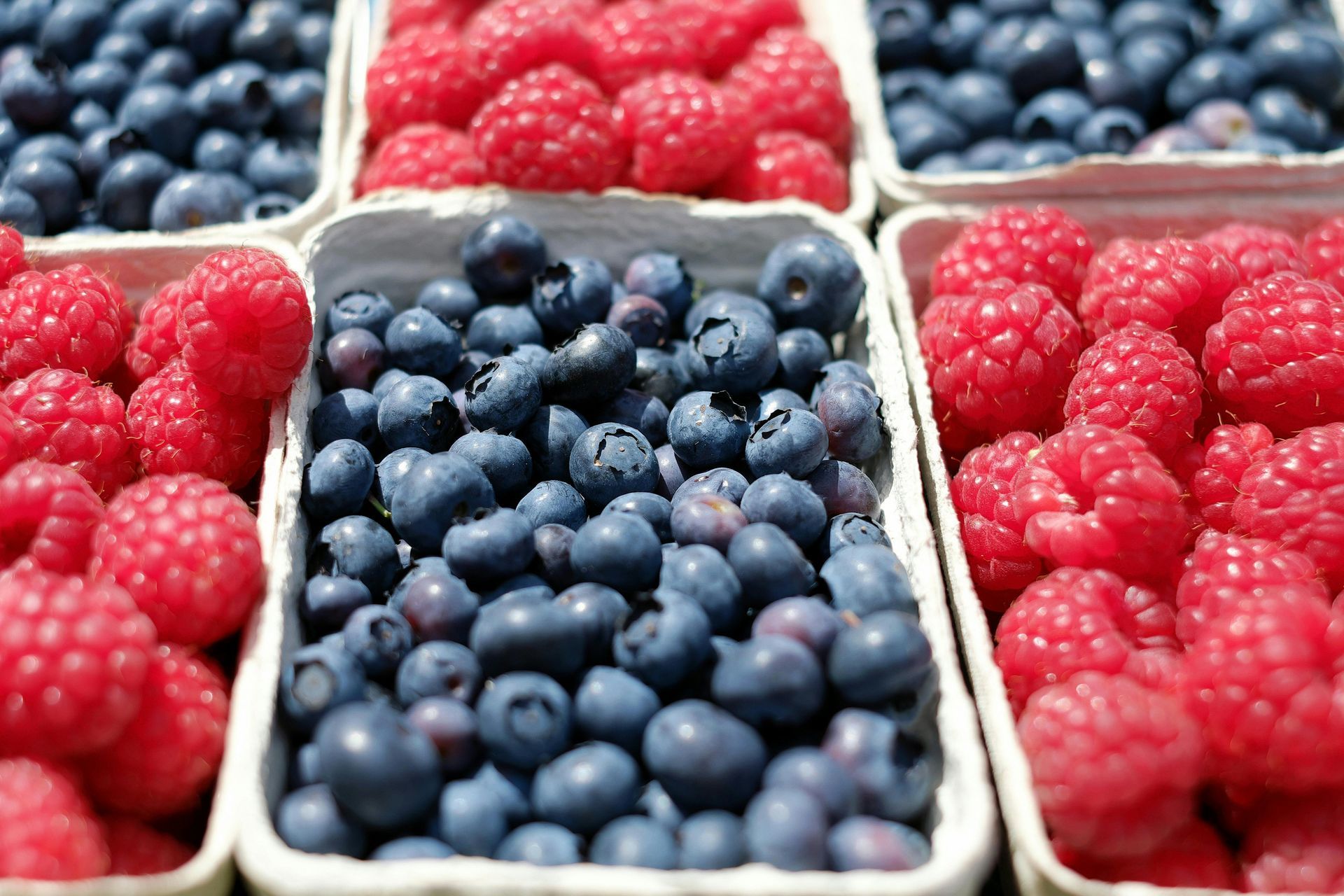
Quercetin
Quercetin is a flavonoid found in fruit, vegetables, herbs and wine. It has been shown to reduce inflammation and histamine in some studies. Histamine is the compound that is released and causes us to itch, sneeze, and get congested when we have an allergic reaction. While some people use histamine for seasonal allergies with good results, we don’t have enough good scientific research to recommend it without hesitation. However, quercetin is generally safe, and if you want to give it a try, 500 mg twice daily would be the dose. Otherwise, increasing your intake of fruits and vegetable that are high in quercetin would be beneficial for your overall health and may help your allergies. These include cooked apples, cooked onions, red wine, broccoli, green beans, asparagus, and berries.

Local Honey
Local honey has become a very popular method used to address seasonal allergies. The thought is that the small amounts of pollen in honey cause a response similar to allergy shots and desensitize people to allergens. However, this theory does not appear to translate to clinical benefit in most research and results have been mixed. One interesting study showed that people who used honey in conjunction with loratadine 10 mg didn’t have any better improvement in their symptoms versus loratadine alone. However, those who used honey with the loratadine had relief from allergies which lasted for at least 4 weeks after discontinuation of the loratadine and the honey. Clearly, more research needs to be done in this area. Honey is generally recognized as safe and if you would like to enjoy some local honey to see if it helps your allergies, feel free to do so. Just remember, never give honey to infants under 1 year of age due to the risk of botulism – a bacterial infection that could be deadly.
To sum it up, seasonal allergies or allergic rhinitis can be problematic for many people this time of year. Over-the-counter and prescription medications or allergy shots (desensitization) can be helpful for many people but may have unwanted side effects. Prevention of symptoms by simple nasal lavage, face washing, and mask wearing may be all you need to do to get some relief and lessen need for other treatment. If you have mild to moderate allergy symptoms, some of these other remedies I discussed today may make a difference for you. Best of luck, let me know if you have any questions, and may you breathe easy!
